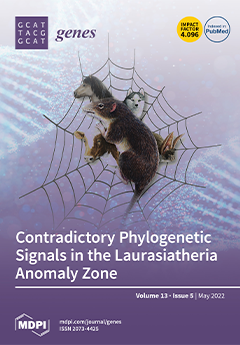This study aimed to identify new rice lines and hybrids that are tolerant to water deficit and produce high yields under water stress conditions. A line × tester mating design was used to study the lines and testers’ general combining ability (GCA) effects. The specific combining ability (SCA) of the hybrid rice combinations was measured under three different irrigation regimes; 6, 9, and 12 days. The study was carried out at the experimental farm of Sakha Agricultural Research Station, Sakha, Kafr El-Sheikh, Egypt, during the 2018 and 2019 rice growing seasons. Due to the genotypes and their partitions to the parents and the crosses, the mean squares were highly significant for all studied traits under the three irrigation regimes. The additive gene effects play an important role in expressing most of the studied traits. Therefore, the selection procedures based on the accumulation of the additive effect would be successful at improving these traits and the grain yield. The cytoplasmic male sterile (CMS) line G46A (L1) was the best combiner for most yield component traits in the three irrigation regimes. The newly devolved restorer lines T11, T1, T2, T5, T4, and T3, as well as the new hybrids L2 × T10, L2 × T6, L1 × T7, L1 × T5, L1 × T3, L2 × T7, L2 × T9, L2 × T8, L2 × T4, L1 × T4, L2 × T2, L1 × T8, L1 × T9, and L2 × NRL 10, showed good, desirable values of the studied traits such as earliness of flowering, short plant height, number of panicles/plant, panicle length, number of spikelets/panicle, number of filled grains/panicle, panicle weight, 1000-grain weight, hulling percentage, milling percentage, head rice percentage, and grain yield under the irrigation regimes of 6, 9, and 12 days. The hybrids L2 × T10, L2 × T6, L1 × T7, and L1 × T5, showed significant positive SCA effects for grain yield, under all three irrigation regimes.
Full article






